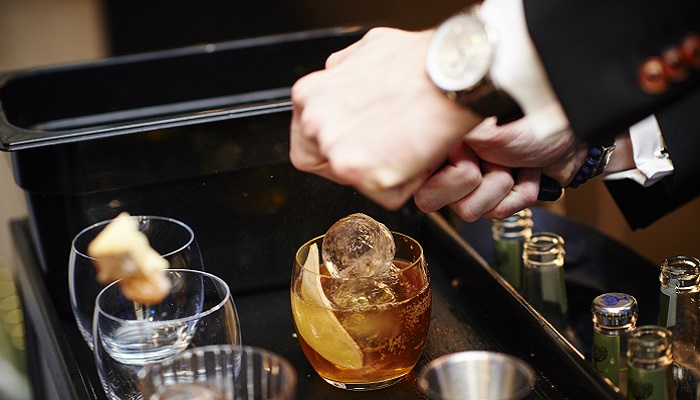For over 20 years, European legislation has set out the bottle sizes that must be used for all spirits sold in the EU. EU spirits producers strongly support this legislation. Indeed, during the early 2000s when deregulation was the mantra, our sector mounted a significant, and successful, campaign to ensure that the fixed bottle size regime for spirits was not abolished. While rules for around 100 other sectors were liberalised, the Commission accepted that in the spirits sector, fixed sizes operated in the interests of consumers, producers and the environment.
Consumer benefit from the certainty of buying familiar and discrete quantities: 35cl, 50cl, 70cl, 1 litre etc. Back in the days when sizes were free, in one EU country alone there were around 60 different bottle sizes used: 10 of them were within 4cl of the 70cl; another 10 clustered around the 35cl size. In short, a recipe for confusion. While some of the huge number of sizes was a consequence of differing local traditions, some was a consequence of retailers seeking marginally smaller bottles (saving on both quantity and tax) so that they could continue to sell brands at a particular price point.
Producers benefit from fixed sizes because they can run filling lines far more efficiently and stock-keeping is greatly simplified. In the days when bottling lines had to stop and start constantly to accommodate the varying sizes, it was time-consuming to re-calibrate bottling equipment and a huge inventory of spare parts was needed. With a more limited number of fixed sizes, bottling lines can run uninterrupted for far longer and much more efficiently. The savings this brought enabled producers to invest in lightweight glass bottles, which were expensive at the time but have now become the norm, and thus bring considerable environmental benefits, from lower raw material usage and reduced energy requirements on bottling lines and in transport.
In mid-2016 we were delighted that, following a substantial review of all the EU’s metrology legislation (fixed sizes for spirits, the ‘e’-mark, and ‘measuring container bottles’) the Commission concluded that the rules are all ‘fit for purpose’ and work in the overwhelming interest of every stakeholder.
Regulation 2870/2000 lays down Community reference methods for the analysis of spirits drinks. The Regulation sets out the methods for the analysis of spirits drinks to ensure compliance with the spirit drinks Regulation (110/2008) either for the purposes of official controls or in the event of a dispute.
